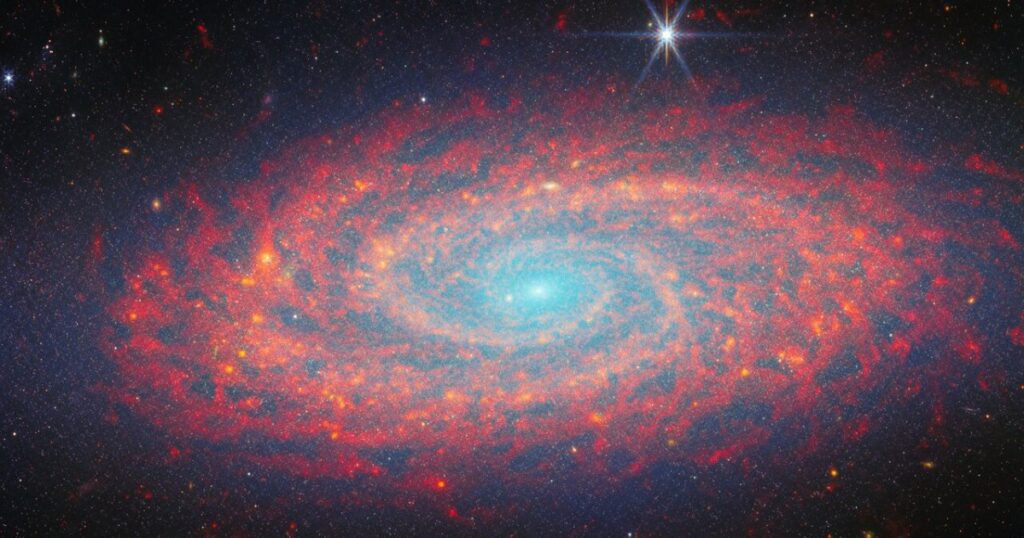Astronomers have reported significant findings suggesting that life could exist beyond Earth, based on observations from the James Webb Space Telescope. Researchers from the University of Cambridge have detected two compounds—dimethyl sulfide (DMS) and dimethyl disulfide (DMDS)—in the atmosphere of K2-18b, a planet located 124 light years away in the “Goldilocks Zone,” where conditions may permit liquid water. This marks the first time carbon-based molecules have been discovered on a planet within a habitable zone.
K2-18b, which is 8.6 times larger than Earth, has shown promising signs of supporting life due to the presence of methane and carbon dioxide in its atmosphere. The newly identified compounds, which on Earth are produced solely by living microorganisms, could indicate a higher concentration in K2-18b’s atmosphere than found on Earth.
While the findings have been published in a peer-reviewed journal, researchers remain cautious. Professors involved, including lead researcher Nikku Madhusudhan, emphasize the need for skepticism and further validation, as these results could stem from unexplained chemical phenomena rather than biological sources. Determining definitive evidence of extraterrestrial life requires reaching a higher threshold of certainty in scientific terms.
The excitement surrounding these discoveries fits into a broader narrative of recent scientific breakthroughs in the search for life beyond Earth, offering hope that we might one day answer the question of whether we are alone in the universe.
Source link


